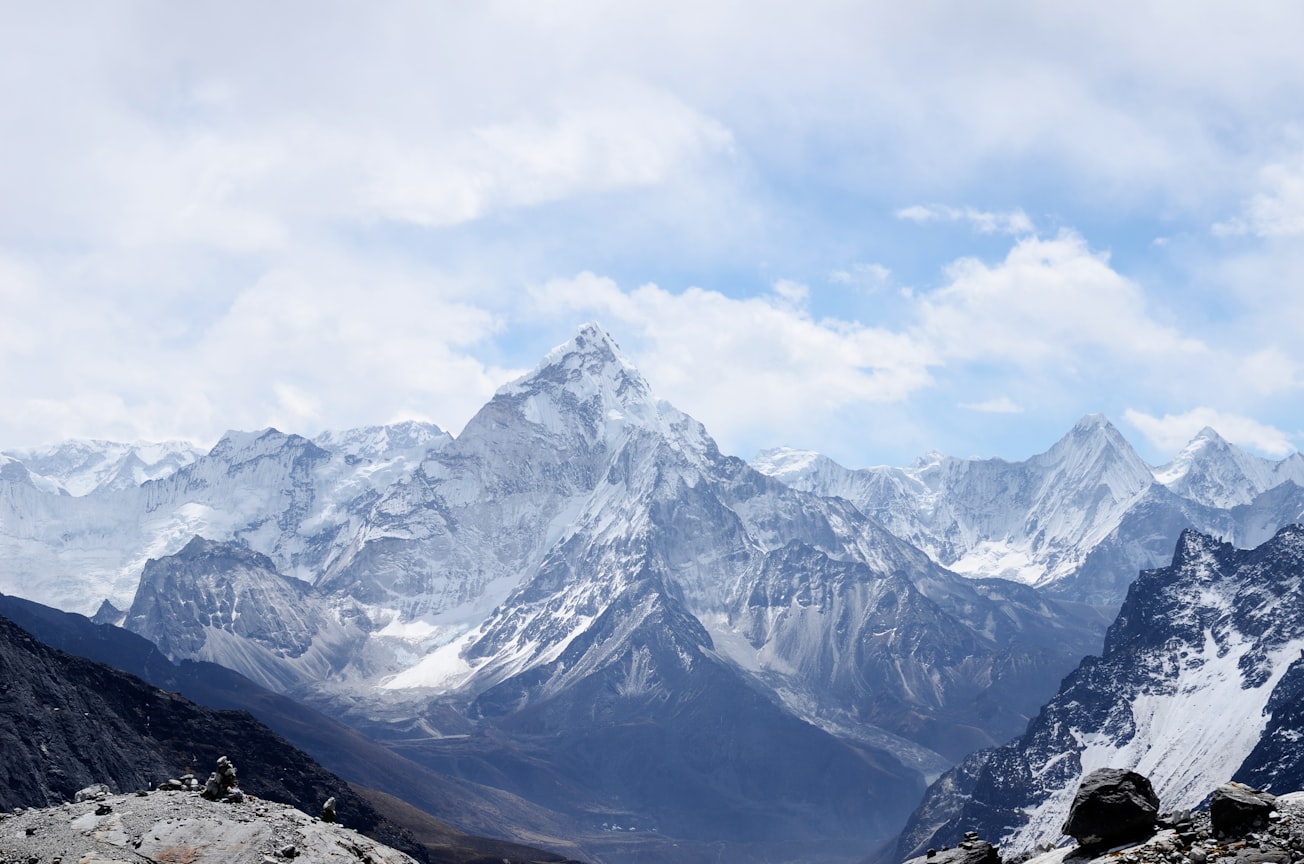What is it about?
This research article aims to assess trends in annual and seasonal air temperature and precipitation and a range of extreme climate indices for the high-altitude regions in Asia using a consistent dataset over the entire high mountains of Asia.
Featured Image

Photo by Rohit Tandon on Unsplash
Why is it important?
For the high-altitude mountainous regions, which are a significant source of water for the large rivers in Asia, the climate has changed in recent decades. Climate warming will have enormous consequences for hydroclimatic extremes and this article addresses these issues. The changes imply substantial increases in the future occurrence of hazards such as floods, landslides, and droughts, which in turn impact economic production and infrastructure.
Perspectives
This research demonstrates the trends in extreme climate indicators have spatial and seasonal variability. If these historical trends persist in the future, a most likely scenario, an increase in flood, drought, heatwave, landslide, and compound hazards may be expected. These hazards will have severe impacts on the overall livelihood and ecosystem of High Mountain Asia and thus require urgent adaptation policies at the local and regional levels.
Dr Sonu Khanal
FutureWater
Read the Original
This page is a summary of: Historical Climate Trends over High Mountain Asia Derived from ERA5 Reanalysis Data, Journal of Applied Meteorology and Climatology, February 2023, American Meteorological Society,
DOI: 10.1175/jamc-d-21-0045.1.
You can read the full text:
Resources
Pan-TPE: Changes in the Pan-Third Pole Water Tower
The proposed research targets changes in climate, water supply and demand, and suitable adaptation measures for green development of the Silk Road Economic Belt (SREB) in the river basins crossed by the SREB transect. Given the strong role of large-scale hydrology in the proposed research activities, the spatial domain of the activities encompasses the river basins of the Third Pole which are traversed by the SREB.
Variable 21st Century Climate Change Response for Rivers in High Mountain Asia at Seasonal to Decadal Time Scales
The mountains of Asia have large reservoirs of snow and ice, which are the source of water for the people living in the mountains and downstream, mainly during the dry season. However, due to recent warming, these reserves are melting faster and depleting year by year. We use a computer model to understand what will happen to these volumes of snow and ice and the total volume of water, which also includes rain and groundwater, in the 15 main rivers under future climate change scenarios.
Contributors
The following have contributed to this page







